
Clipping Chlamy Genes: Improved Methods for Targeted Gene Editing in Chlamydomonas
Blog, Research, Research Blog, The Plant Cell, The Plant Cell: In BriefA beam of sunlight sends Chlamydomonas reinhardtii scrambling. This tiny, biflagellate alga senses light with its eyespot and adjusts its movements accordingly, depending on photosynthetic needs. In the eyespot, a membranous structure of reddish, carotenoid-filled granules that reflect light and two…

Thrown for a Loop: How RNase H1 and DNA Gyrases Limit R-loops and Maintain Genome Stability in Chloroplasts
Blog, Research, Research Blog, The Plant Cell, The Plant Cell: In BriefWe all know that DNA is the stable nucleic acid, in comparison to its flighty, unstable cousin RNA, right? Well, unusual things happen when metabolic processes require DNA to unwind from its stable, redundant double-helical form. For example, during transcription, the RNA that exits RNA polymerase can…
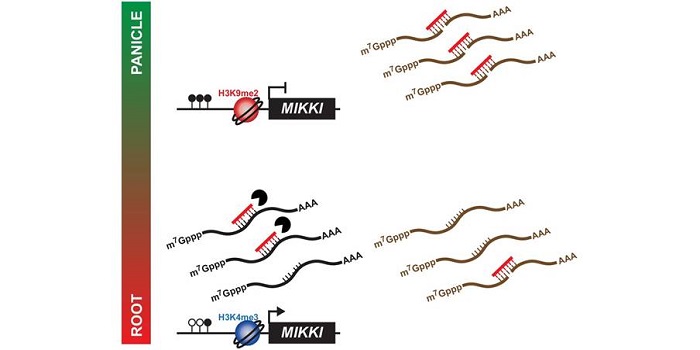
Regulation of rice root development by a retrotransposon acting as a microRNA sponge
Blog, Plant Science Research Weekly, Research, Research BlogTransposable elements (TEs) compose a considerable portion of most plant genomes, and mounting evidence shows various roles of TEs in the regulation of gene expression. Some TE transcripts have been hypothesized to work as “sponges” to help fine-tune the levels of miRNAs through complementary binding.…
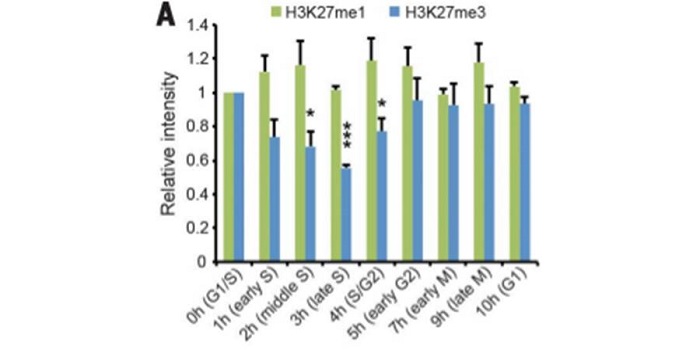
Epigenetic memory restoration and maintenance after cell division
Blog, Plant Science Research Weekly, Research, Research BlogNucleosomes, composed of histones, pack chromatin and make genes less available for transcription. Methylation of some histone positions is associated with repression of transcription and epigenetic silencing of some genes. After cell division during the cell cycle, maintenance of expression patterns…
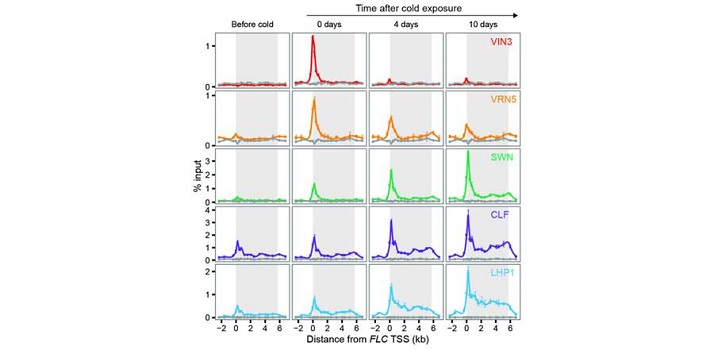
Stages of silencing to hold epigenetic memory
Blog, Plant Science Research Weekly, Research, Research BlogThe gene FLC (FLOWERING LOCUS C) is a repressor of flowering in Arabidopsis thaliana. It needs to be silenced after exposure to prolonged cold for plants to be able to flower. The memory of winter leads to changes in the methylation state of Histone 3 associated with FLC in two steps: first by recruiting…

Opinion: Beyond editing to writing large genomes ($)
Blog, Plant Science Research Weekly, Research, Research BlogThis is an era of rapid acceleration of our ability to both read and write genomes. Chari and Church point to a future in which making a small number of changes in a genome (editing) is supplanted by making hundreds or thousands or more of changes, essentially whole-genome editing. Basically, the authors…
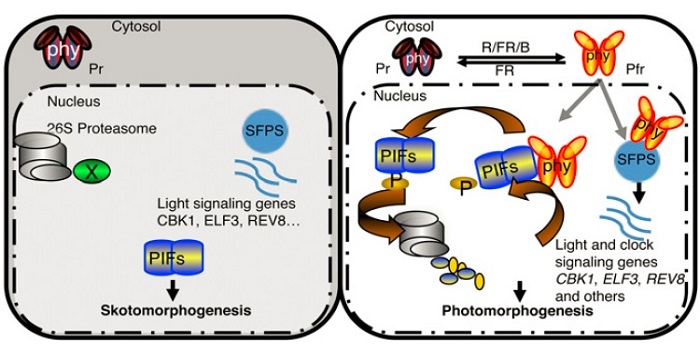
SPF45-related splicing factor for phytochrome signaling promotes photomorphogenesis by regulating pre-mRNA splicing in Arabidopsis ($)
Blog, Plant Science Research Weekly, Research, Research BlogLight is one of the environmental conditions which regulates plants’ development, but knowledge of how light-induced transcript accumulation occurs via transcriptional versus post-transcriptional mechanisms is limited. Xin et al. report Splicing Factor for Phytochrome Signaling (SFPS) as an interacting…
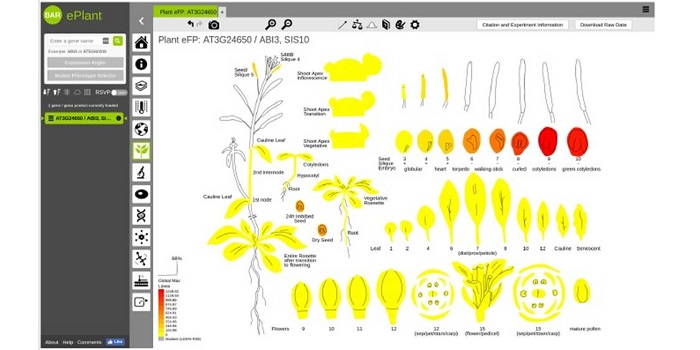
ePlant: Visualizing and exploring multiple levels of data for hypothesis generation ($)
Blog, Plant Science Research Weekly, Research, Research BlogThe application of systems biology is quite phenomenal these days for prediction-based modeling and interactive data visualization. Along with the genome sequencing of the model plant Arabidopsis thaliana, there has been a parallel increase in systems biology tools. Unfortunately, these tools have been…
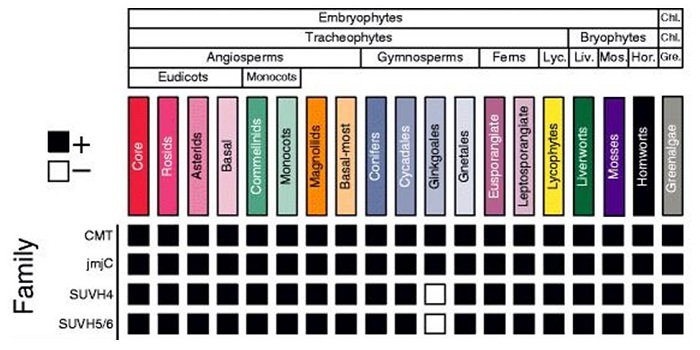
The evolution of CHROMOMETHYLASES and gene body DNA methylation in plants
Blog, Plant Science Research Weekly, Research, Research BlogIn land plant genomes, transposable elements (TEs) are ubiquitously methylated in CG and non-CG sequence contexts. Apart from methylation of TEs, DNA methylation also occurs on bodies of actively transcribed genes, typically in the CG context, with very low or no non-CG methylation, and is referred to…

